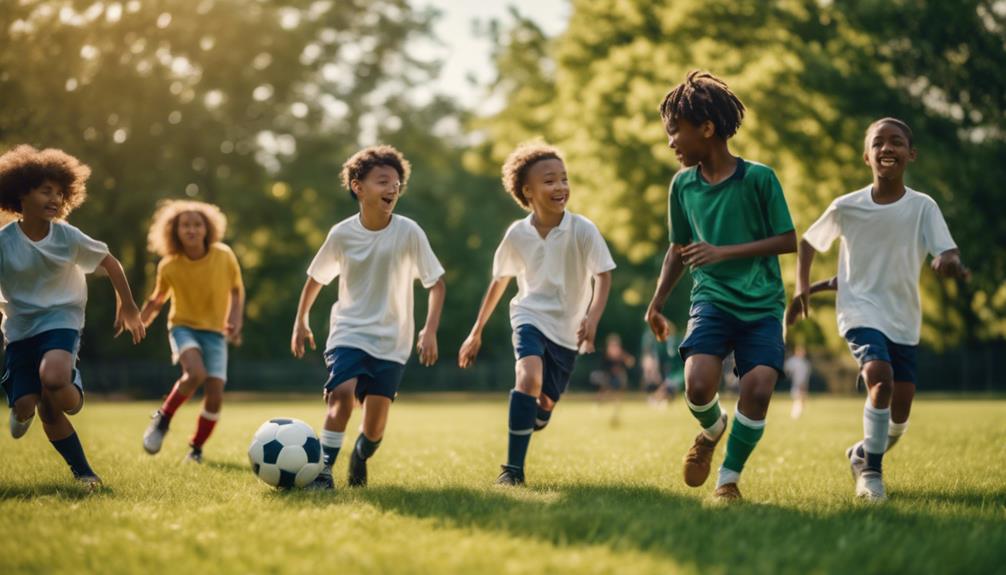Rowing is a comprehensive workout that offers a dynamic blend of aerobic and anaerobic exercise. As a low-impact activity, it is suitable for individuals of all fitness levels, providing an excellent way to improve cardiovascular health while simultaneously toning muscles. The rhythmic nature of rowing not only enhances endurance but also builds strength across multiple muscle groups, making it a unique exercise choice for those seeking a full-body workout. Understanding the specific muscles engaged during rowing can help individuals optimize their workouts and achieve better results.
Incorporating rowing into a fitness regimen can yield significant physical benefits, including increased strength, improved flexibility, and enhanced cardiovascular fitness. This article will delve into the major muscle groups activated during rowing, emphasizing the essential roles played by the legs, core, and upper body. By recognizing how each muscle group contributes to the rowing motion, individuals can improve their technique and maximize their workout efficiency.what can exercising right after eating do to your bodyis just dance good exercise
Major Muscle Groups Engaged During Rowing
Rowing is a powerful exercise that engages multiple muscle groups simultaneously, making it an efficient choice for a full-body workout. The primary muscle groups involved in rowing include the legs, back, arms, and core. This multi-muscle engagement not only boosts overall strength but also enhances coordination and balance. The combination of pushing and pulling movements helps promote muscle growth and endurance, which is crucial for athletes seeking to improve their performance.
Each stroke in rowing activates specific muscles, illustrating the compound nature of the exercise. The primary muscles worked include the quadriceps, hamstrings, glutes, latissimus dorsi, rhomboids, and biceps. By engaging different muscle groups throughout the rowing motion, individuals can develop functional strength that translates well into everyday activities and other sports.
The Role of the Legs in Rowing Workouts
The legs are arguably the most vital component of rowing, providing the initial power needed to propel the boat forward. The primary muscles engaged during the leg drive include the quadriceps, hamstrings, and gluteal muscles. As you push off from the footrests, your quadriceps contract to extend your knees, while your glutes help to stabilize your hips and maintain proper posture. This powerful leg drive is essential for effective rowing and sets the foundation for the rest of the stroke.
Moreover, the leg drive is not merely about power; it also requires coordination and timing. Successful rowing hinges on the synchronization of leg movement with the upper body and core. As you gain proficiency in rowing, you will begin to appreciate how the strength and endurance of your legs contribute to the overall effectiveness and efficiency of each stroke.
How Rowing Works the Core Muscles Effectively
The core muscles play a crucial role in rowing, providing stability and balance throughout the entire movement. The primary muscles in the core include the rectus abdominis, obliques, and the transverse abdominis. These muscles work in unison to support the spine and maintain proper posture, preventing injury and allowing for maximum power transfer as you row. A strong core also aids in the overall efficiency of your stroke, ensuring that energy is effectively channeled from the legs through the upper body.
As you row, your core muscles contract and engage to stabilize your body during the pulling phase of the stroke. The rotational movement involved in rowing activates the obliques, further enhancing core engagement. This comprehensive workout aids in developing a strong, functional core, which is essential for athletic performance and daily activities alike.
Upper Body Strength: Arms and Back in Rowing
Rowing is not only a lower body workout; it also emphasizes upper body strength, particularly in the arms and back. The primary muscles engaged in the upper body during rowing include the biceps, triceps, and various muscles in the back, such as the latissimus dorsi and rhomboids. As you pull the oar through the water, your arms and back work cohesively to bring the oar closer to your body, delivering power and control in each stroke.
Additionally, rowing promotes muscular endurance in the upper body, as the repeated movements challenge these muscle groups over time. Strengthening the arms and back through rowing not only improves rowing performance but also contributes to better posture and reduced risk of injury in other physical activities.
Rowing Technique and Muscle Activation
Effective rowing technique is paramount for maximizing muscle activation and ensuring an effective workout. Each segment of the rowing stroke—catch, drive, finish, and recovery—requires precise movements that engage specific muscle groups at different phases. Proper technique involves a fluid motion, where energy transfers seamlessly from the legs through the core and into the arms. Adequate training in technique can result in more significant muscle engagement and improved efficiency during workouts.
Understanding the biomechanics of rowing allows individuals to focus on the correct muscle activation patterns. Rowers must learn to initiate the drive with their legs, followed by the core and upper body, to create a powerful stroke. Neglecting any part of this process can lead to imbalances or injuries, underscoring the importance of maintaining proper technique throughout the workout.
Benefits of Rowing for Overall Muscle Development
Rowing offers numerous benefits for overall muscle development, making it an optimal choice for those seeking a comprehensive fitness regimen. The combination of aerobic and anaerobic exercise promotes muscle endurance, strength, and cardiovascular health, allowing individuals to enjoy a well-rounded workout experience. Rowing’s ability to activate multiple muscle groups simultaneously ensures that no area of the body is neglected during training.
In addition to building muscle, rowing also aids in weight management and fat loss. As a high-calorie-burning exercise, rowing increases metabolic rate, allowing individuals to shed excess weight while preserving lean muscle mass. This makes rowing an effective choice for those looking to achieve a toned physique while improving their overall fitness levels.
In conclusion, rowing is a highly effective full-body workout that engages various muscle groups, from the legs and core to the arms and back. Understanding the specific muscles activated during rowing can help individuals improve their technique, enhance their workouts, and achieve their fitness goals. With its numerous physical benefits, low-impact nature, and ability to promote overall muscle development, rowing is an exercise that deserves a place in any fitness routine. Embrace rowing as a powerful tool for achieving full-body fitness and unlocking your potential.


